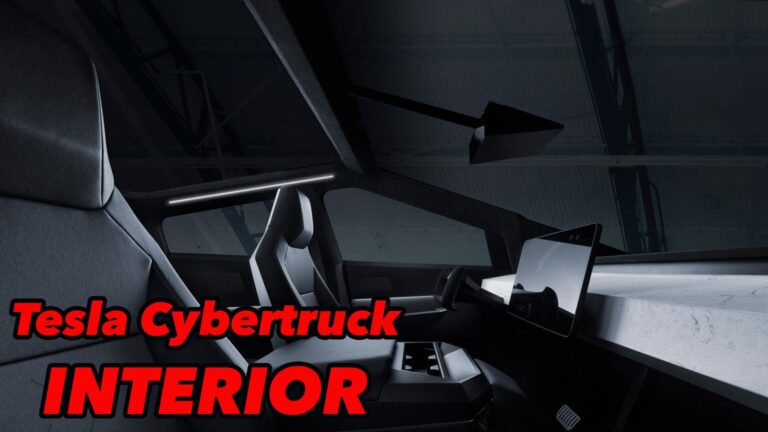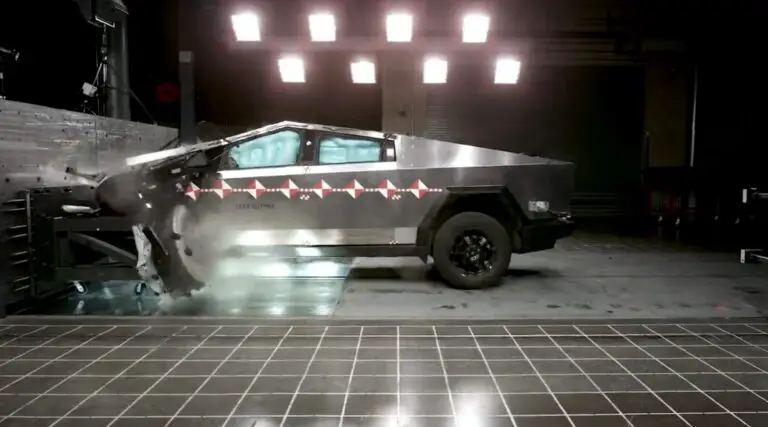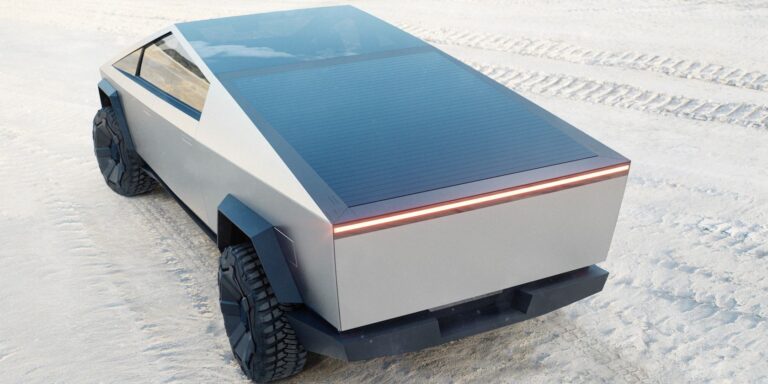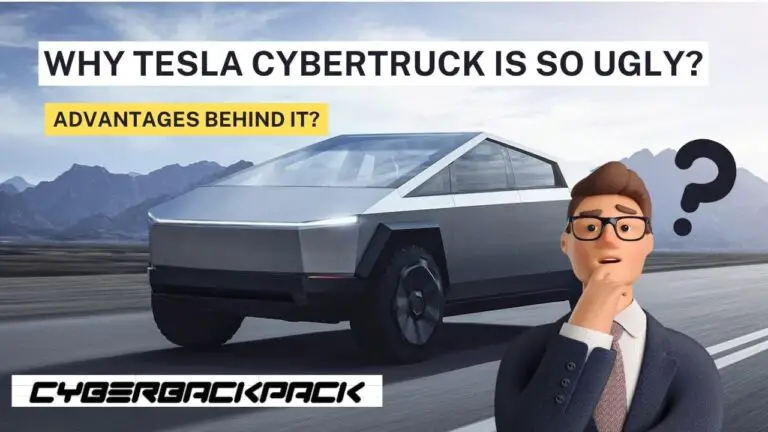The Ultimate Guide to Replacing Rust in Your Vehicle
The Tesla Cybertruck, unveiled in November 2019, has garnered significant attention for its unconventional design and innovative features. One of the most discussed aspects of the Cybertruck is its exterior, made from ultra-hard 30X cold-rolled stainless steel. This choice of material is not only for aesthetics but also for its durability and resistance to dents, damage, and theoretically, rust. However, the topic of rust in vehicles, especially those claiming to use rust-resistant materials, is complex and warrants a detailed examination.
The Science of Rust and Stainless Steel
- Understanding Rust: Rust is the common name for iron oxide, which occurs when iron or an alloy containing iron, like steel, is exposed to oxygen and moisture for a prolonged period.
- Stainless Steel and Rust Resistance: Stainless steel, particularly the grade used in the Cybertruck, is known for its high resistance to rust. The addition of chromium forms a passive layer of chromium oxide on the steel’s surface, which prevents further corrosion.
Cybertruck’s Material Choice
- 30X Cold-Rolled Stainless Steel: Analysis of this specific alloy, its properties, and why Tesla chose it for the Cybertruck’s exterior.
- Benefits for Durability and Aesthetics: How the material contributes to the vehicle’s overall durability, including resistance to physical damage and environmental factors.
Potential Vulnerabilities to Rust
- Challenges with Stainless Steel: Despite its advantages, certain conditions can compromise the rust-resistant properties of stainless steel, such as exposure to salt, which can be prevalent in coastal areas or regions that use road salt in winter.
- Design Considerations: Areas in the vehicle’s design that might be more susceptible to rust, including any joints, crevices, or damage to the protective oxide layer.
Preventive Measures and Maintenance
- Owner Responsibilities: Guidelines for owners to maintain the rust-resistant properties of their Cybertruck, including regular cleaning and inspections.
- Tesla’s Recommendations: Any specific advice from Tesla regarding maintenance to prevent rust and how to address any signs of corrosion.
Comparison with Other Vehicles
- Traditional Trucks and Rust Issues: A look at how other trucks in the market deal with rust and corrosion, including the use of protective coatings and galvanized steel.
- Innovative Materials in the Auto Industry: How other manufacturers are using innovative materials and design principles to combat rust and extend the lifespan of their vehicles.
Long-Term Implications
- Impact on Resale Value: How rust resistance could affect the Cybertruck’s value over time compared to other vehicles.
- Environmental Considerations: The role of material choice in the environmental impact of a vehicle, from production through to recycling or disposal.
Conclusion
Summarizing the key points discussed, the Cybertruck’s use of 30X cold-rolled stainless steel represents a significant innovation in vehicle design with potential benefits for durability and rust resistance. However, understanding the limitations and necessary maintenance is crucial for maximizing these benefits. As the automotive industry continues to evolve, the materials and technologies used to combat rust and corrosion will likely see further advancements.
References
- Tesla Official Communications
- Material Science Journals and Publications
- Automotive Industry Reports




